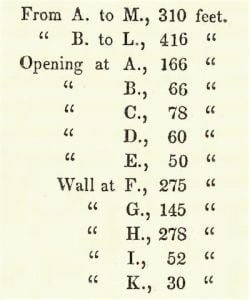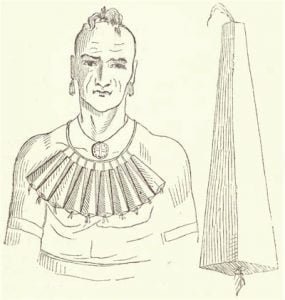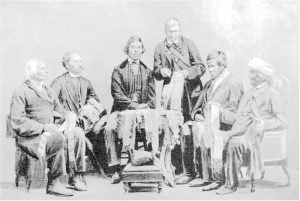Ancient State of Indian Art
To denote the state of art among the aboriginal race, it is necessary closely to examine such monuments of it, as exist. The word “monument” is used to denote any remains of art. Such are their relics in the form of worked shells and amulets, pottery, carved implements and utensils of stone, and other antiquarian remains found in their mounds, graves, fortifications, and other places of ancient occupancy in our latitudes. Of architectural ruins in stone, which constitute so striking a portion of aboriginal antiquities, in central and South America, particularly in the ruins of their temples and teocalli, (the … Read more





